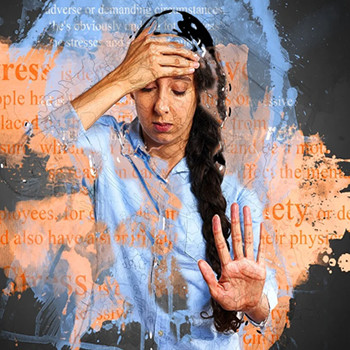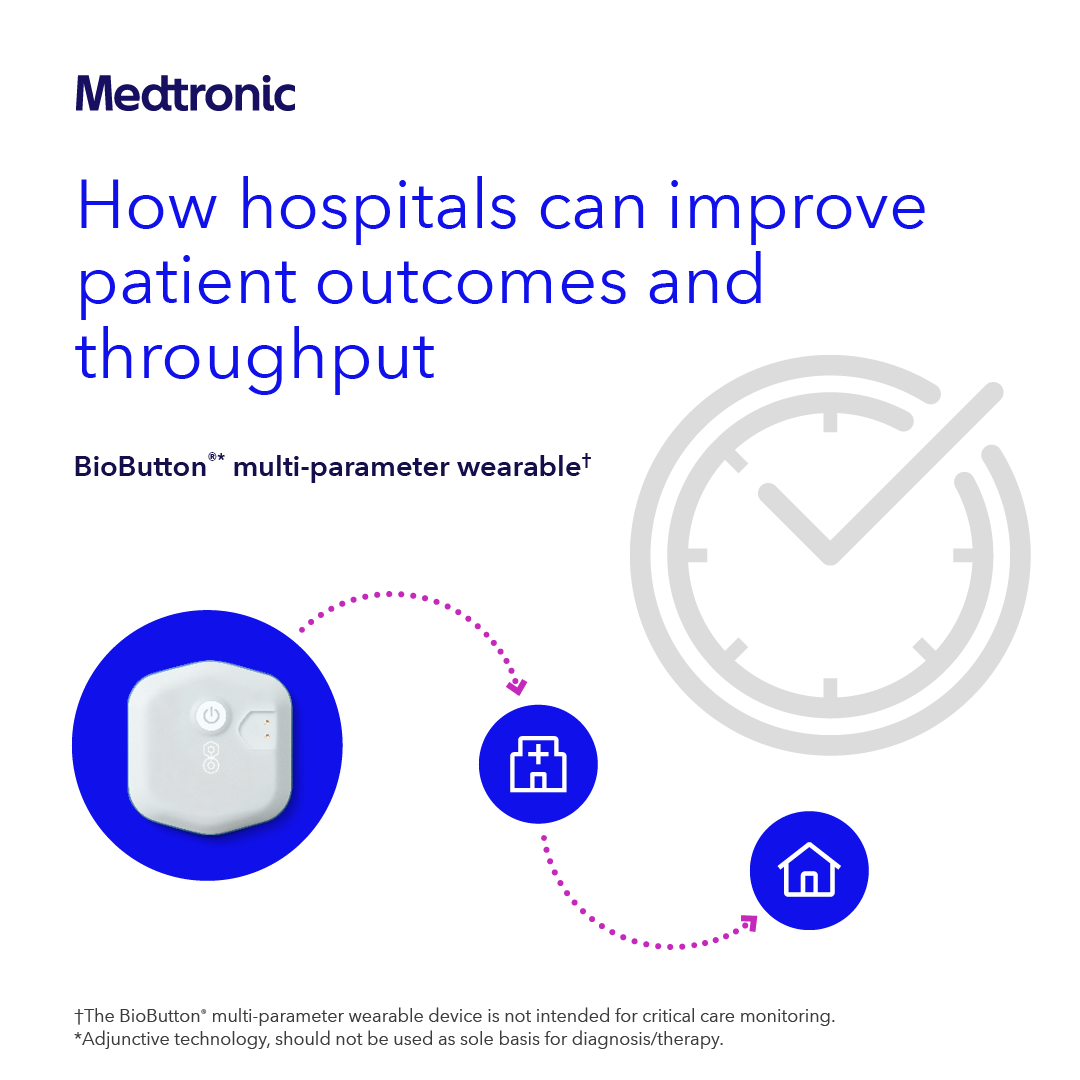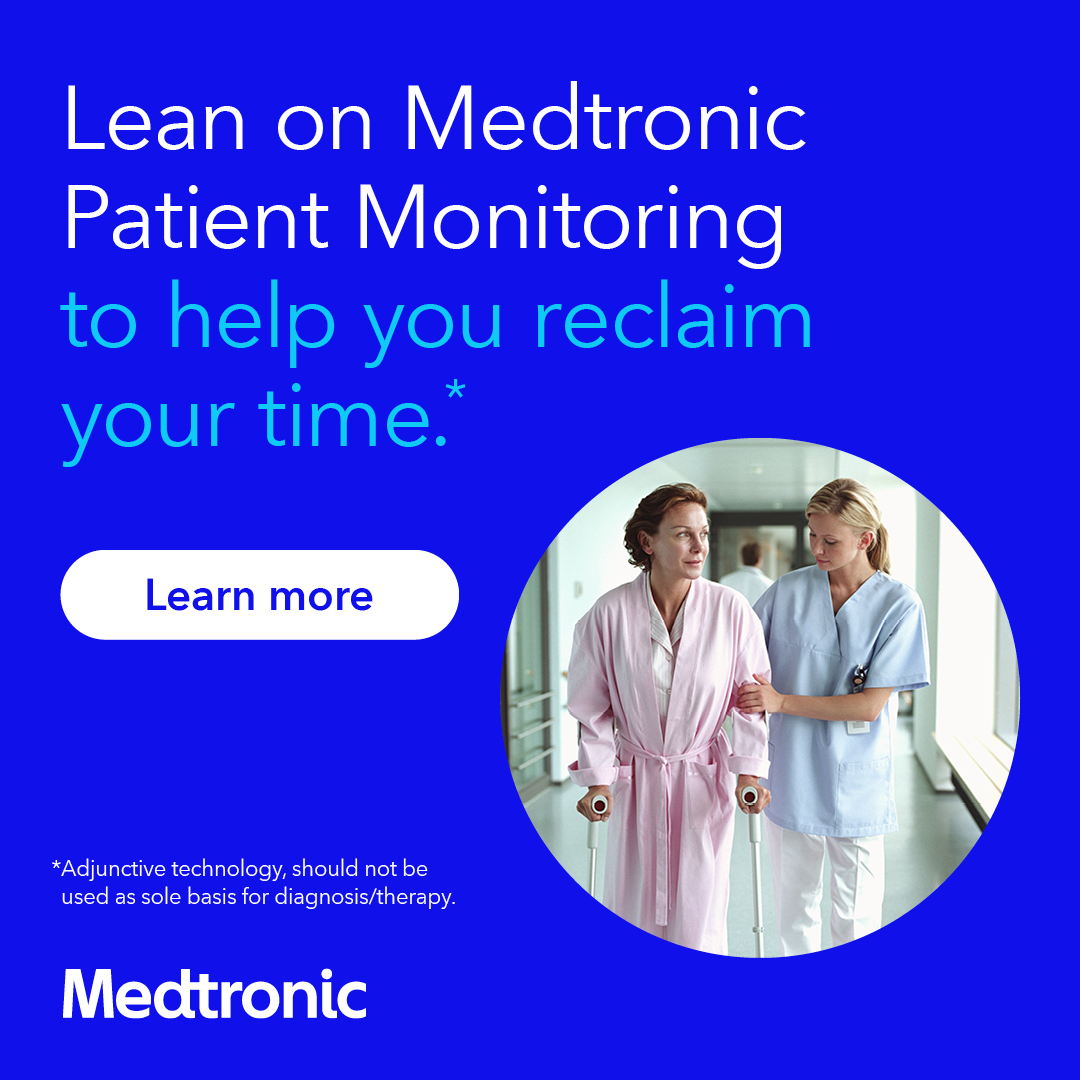Shining a Light on Posttraumatic Stress Disorder

Posttraumatic stress disorder (PTSD) is defined as a psychiatric disorder that may occur in those who have experienced or witnessed a traumatic event such as a natural disaster, a serious accident, a terrorist act, war/combat, or rape who have felt threatened with death, sexual violence, or serious injury (emotional or physical).
It has been known by names in the past, such as shell shock, combat fatigue and emotional burnout. You might think that this limits PTSD to military or combat, but PTSD can occur in all people, of any ethnicity, nationality, or culture, and at any age.
Among the U.S. population, 7-8 percent will have PTSD at some point in their lives. Approximately 10 percent of women and 4 percent of men develop PTSD at some point in their lives.
These numbers are rising exponentially with the recent global pandemic crisis. Often the threat is clear, and we are faced with a choice of what to do.
The threat of COVID, however, is invisible and society has been facing this for so many months now that your body is constantly preparing to fight, flee or freeze.
The danger is literally everywhere, with no end in sight (Difede, 2021).
So, with the current state of healthcare, prevalence of COVID, shortage of healthcare personnel and continued uncertainty, how do we know if we are indeed experiencing some phase of PTSD?
As I look back over the events and tragedies of this pandemic, the extraordinary compassion, bravery, and fearless care that our nurses worldwide have provided to the masses, and the daily confrontation with death and the grieving, it is a wonder that every nurse is not experiencing full-blown PTSD.
Nurses everywhere stepped up to the plate. We stood in for families who could not be with their loved ones who were taking their last breath, we wiped away the tears of the frightened, we put our own fears, concerns, and personal challenges aside to do what we prepared to do…care for the infirm, the dying and those who needed the expert skills that we worked so hard to learn that caring did not come without a tremendous toll.
Many nurses even remember each patient who died in specific rooms. The mental and emotional anguish coupled with physical fatigue is overwhelming.
With no end in sight, we must do self-care and applicable, seek support. Some simple ways to determine if you are experiencing PTSD include the following:
- Reliving the traumatic experience….it may be in dreams, or it may feel like you are actually going through it again
- Experiencing event-triggered anxiety and avoidance…this happens when you are reminded of the event, and you become easily upset or anxious. You find yourself avoiding encountering these reminders or situations that trigger that anxiety
- Becoming more upset and emotional than usual. You find that you are unable to handle your responses or emotions as you would have prior to the events of the crisis
To be diagnosed with PTSD, a person must exhibit the following five types of symptoms:
- Exposure. Witnessing, firsthand experience or learning of an event that directly affects you or those you are close to, or repeated exposure to aversive trauma.
- Intrusion Symptoms. You experience recurrent, involuntary, intrusive distressing memories of the event, which may include flashbacks, nightmares, or physical symptoms of stress.
- Avoidance. Persistent avoidance of stimuli associated with the traumatic event (or series of events).
- Altered mood. Negative changes in cognition and mood associated with the traumatic event(s).
- Altered reactivity. Changes in reactivity to the event(s) that worsen over time (two or more of the following), and may include self-destructive behavior, exaggerated startle reactions, concentration problems, sleep deprivation, or irritable and angry behavior with little to no provocation (National Center for PTSD, 2022).
Because PTSD can have long-term effects on mental and emotional wellbeing, it is critical to talk about the event(s) and to come terms with the trauma you have. Failure to process your emotions can result in symptoms of PTSD.
Please consider talking with your healthcare provider to determine what will most effectively support your processing of the experiences and life altering thoughts you may be having.
Awareness of the signs and symptoms of PTSD is critical for people, especially our healthcare provider team members to access and obtain the treatment needed to reduce the stress burden of the global COVID pandemic.
References
Defide, JoAnn. 2021. New York Presbyterian Newsletter. PTSD.
HenryFord.com. 2021. Coping with Pandemic PTSD: How to Heal After a Year of Covid.
www.nimh.nih.gov/health/topics/post-traumatic-stress-disorder-ptsd?mscl…
www.ptsd.va.gov/?msclkid=d143ba70aedf11ec8c1b6b454f6eaa10



